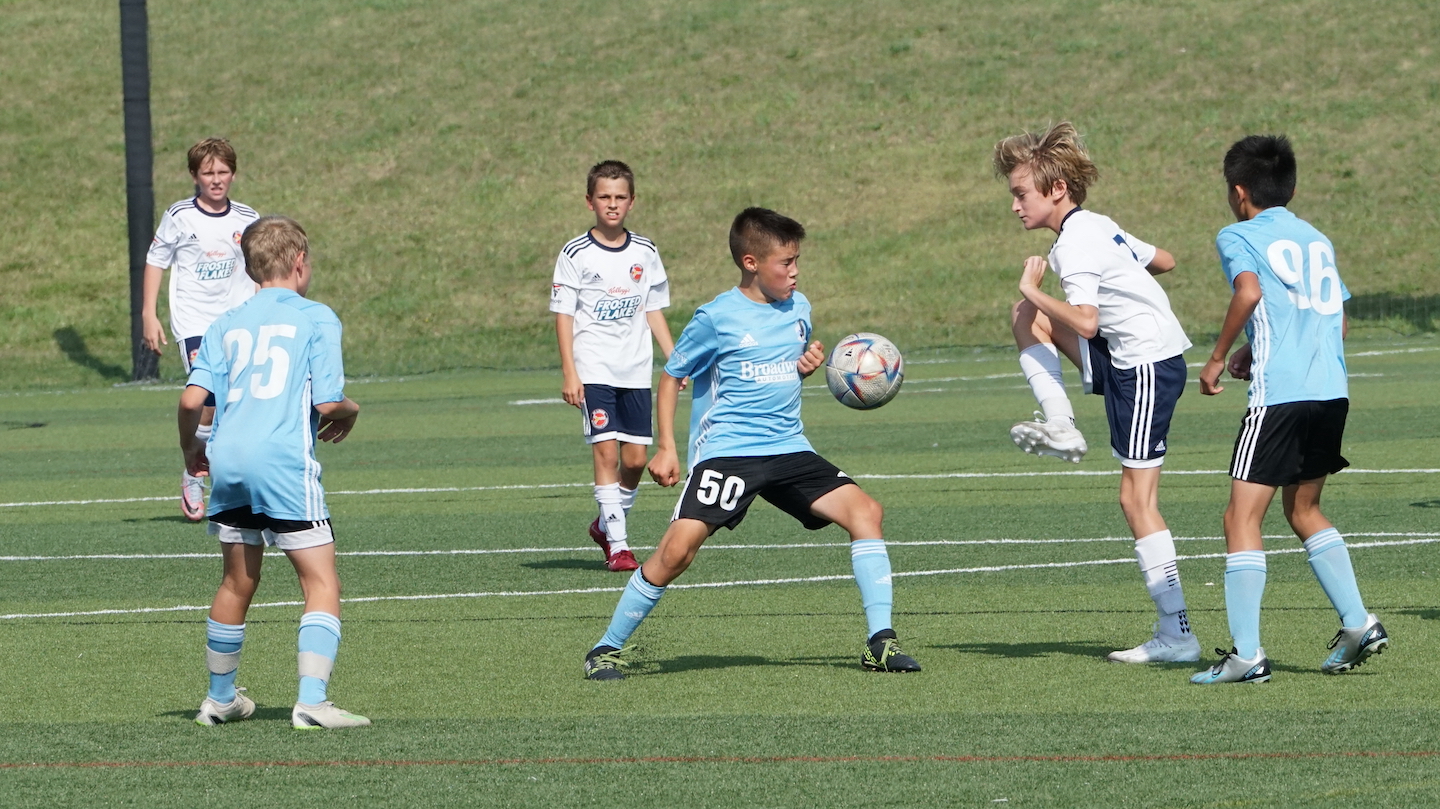I have been spending a considerable amount of time on fields with the younger age groups. For the purpose of this discussion let’s say five through 10 years of age. Much of the data I have collected is to help US Soccer with their ecosystem review study which is designed to be the cornerstone to help create programs that help develop the game. Some of my observations are linked to misunderstanding or lack of knowledge in the game from many soccer parents and coaches.
I am hopeful that all parents and coaches who are in the age group noted can associate with and understand the key points below.
Soccer is a game rich in thousands of decisions each game and to make these decisions kids need to be able to look up. To look up, they need to have confidence in their ability to deal with the ball. They can only deal with the ball and begin to look up if they feel confident in their level of ball mastery. This mastery at 4-6 years of age comes through thousands of touches in adventure-like activities. They need to fall in love with spending time with and manipulating the ball so that the dawn of looking up and making decisions is arrived at by ages 6-7.
So, parents who constantly shout at the little ones as they play perpetuate the idea they don’t need to look and think, just kick it when Mom and Dad shout out.
Kids learn by doing and in soccer terms that means by how many times they repeat player actions in a game situation. (Player actions being dribbling, passing, receiving, shooting, etc.) The more touches, the more decisions and therefore, the greater the level of development.
So, shouting at a kid to boot it, whack it or kick it are all anti-development.
Soccer is an invasion game, not a war or American football where gaining ground is the most important idea. The ground gained is pointless if we don’t have the ball as scoring without the ball, you will have noticed, is a real challenge. The more times your child presents the ball to the other team, the more damage they do to their team’s development and their own.
So, getting excited with shouts of “Big foot” or “Good boot” are anti-learning and development.
By the ages of 7/8, kids begin to perceive space and they understand the idea of sharing and spreading out. This is an organic process that can be helped with possession-based games. It is no way aided by placing kids in positions in parts of the field like foosball players as though someone skewered them with a metal pole.
They must be taught the first two moments of the game: We all attack, try to score and get a big shape (width, depth, close support – triangles and diamonds when we have the ball).
When we don’t, all defend: We try and win the ball back, get wonderfully compact (take spaces away) when we defend.
Pinning kids back in a third of the field is cruel, prevents development and reduces understanding of the game. The idea of positional play is based-approached when all four moments of the game can be understood.
Soccer training sessions can really be divided into one of three main categories – learning, performance and fitness.
Learning sessions are those designed around teaching concepts and skills that can be transferred directly to game play. These sessions are reality-based and activities within typically look like a slice of the game (1v1, 2v1, 2v2, 3v2, 3v3, etc.)








